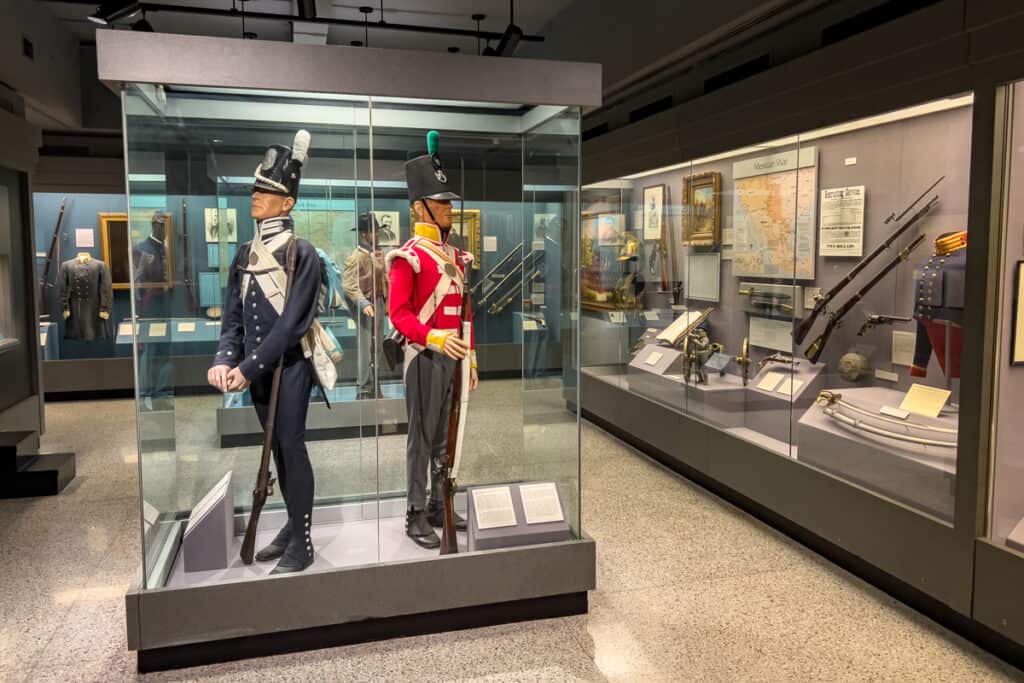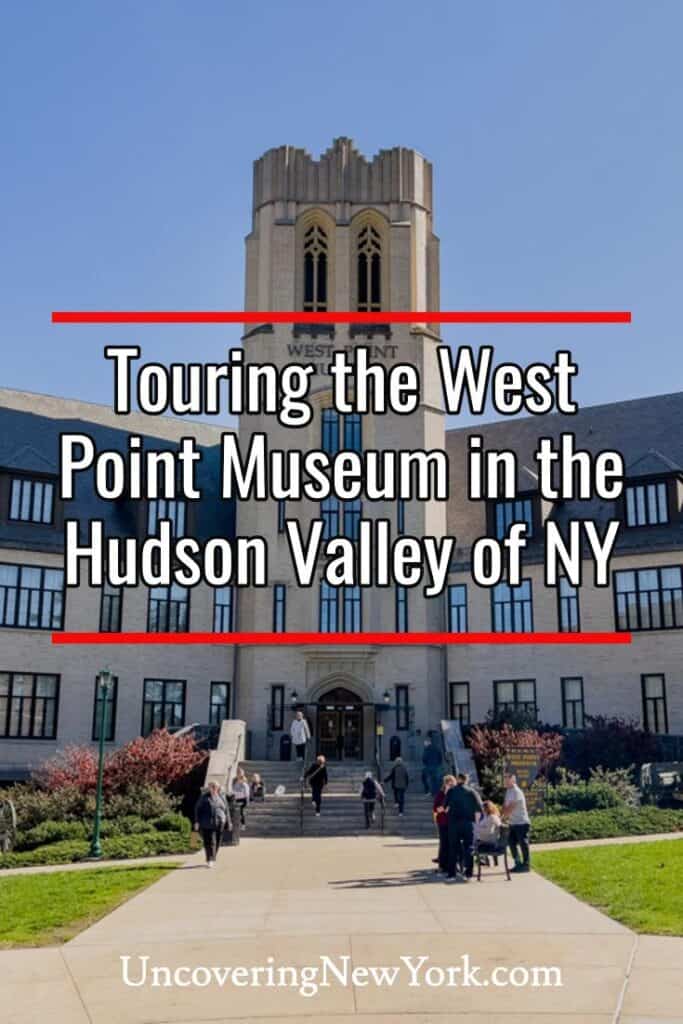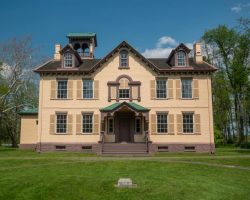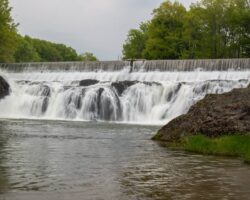It’s likely you know West Point as the home of the United States Military Academy. However, this spot in Orange County, New York has a fascinating military history dating back long before the academy, which makes it the perfect spot for one of the country’s best military museums.
The West Point Museum is located on the southern end of the academy adjacent to the small village of Highland Falls and is outside the security controls that exist for the base and academy itself.
This four-story museum is totally free to visit and features thousands of items related to the military history of the United States (and the Army in particular) since West Point was first set up as a military garrison during the Revolutionary War. However, they also have artifacts dating back thousands of years showing how ancient cultures waged war.
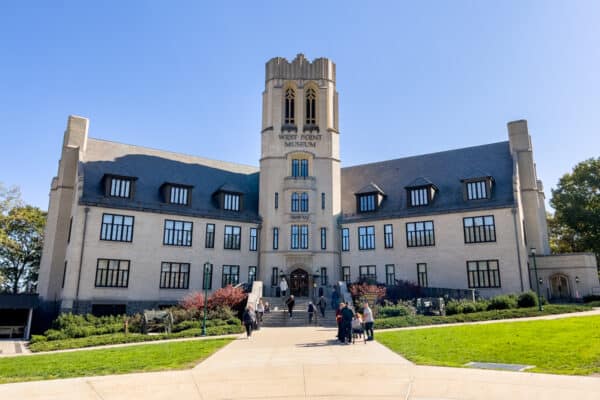
As a history buff, I was excited to check out this spot on a beautiful autumn day. Even though it wasn’t a weekend or in the middle of summer, this was quite a busy spot, so make sure to arrive early or parking might be an issue.
The West Point Museum is located within Olmstead Hall, a stately stone building on a hillside above the Hudson River. Though it was founded in 1854, the museum has only been in this location since 1989. Prior to that, the museum was located in several different buildings on campus over the course of its history.
There are four floors of exhibits here with six total galleries, and there is enough here to keep you occupied for a few hours if you take time to look at every display.
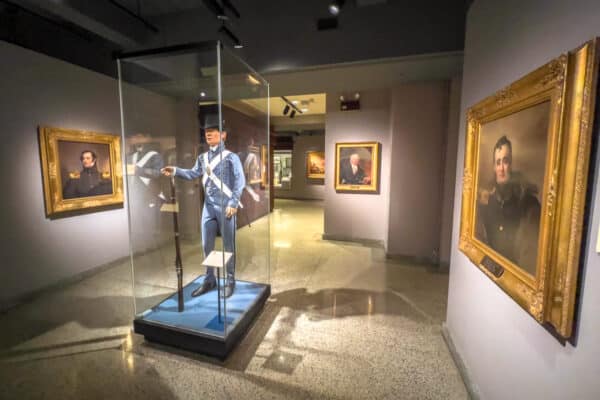
I started my visit on the first floor in the History of West Point Gallery. This gallery highlights the history of this area starting with the first military garrison here during the Revolutionary War through to the mid-20th century.
The most fascinating item on display here, at least to me, was the portrait of George Washington by Stuart Gilbert. This is one of the most well-known images of Washington, so seeing it in person was quite neat.
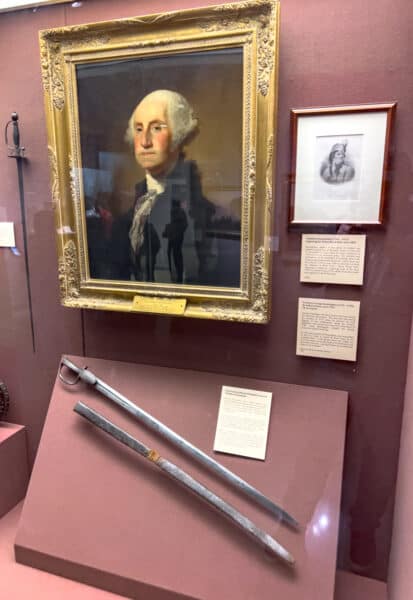
Of course, there were also a ton of other really interesting artifacts in this section ranging from a historic look at cadet uniforms to the sword of often-overlook Revolutionary War general Thaddeus Kosciuszko, who oversaw some of the earliest fortifications at West Point.
The first floor also includes the History of Warfare Gallery. This is a subject that is part of every cadet’s courseload, so it makes sense that they would have an exhibition highlighting it on display here.
I found this to be one of the most interesting areas of the museum because it offered a fascinating look into historic conflicts, including some from ancient times. The dioramas of ancient battles were especially interesting.
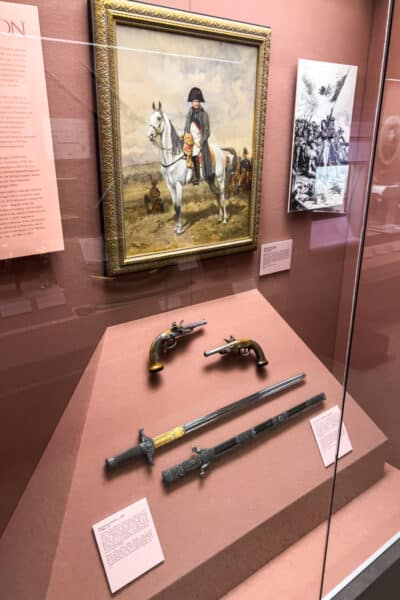
In this area, there were also some really neat artifacts including suits of armor, a Persian dagger from 900 B.C., and even an Egyptian bow from 2,000 B.C. There were also modern items including Hitler’s pistols and Napoleon’s sword and pistols.
The second floor of the museum also contains two galleries: the History of the U.S. Army Gallery and the American Wars Gallery. There is a fair bit of overlap in the subjects covered here, though the History of the U.S. Army Gallery looks at things from a more personal and practical side while the American Wars Gallery gives more of an overview of the major conflicts that the Army has participated in over the years.
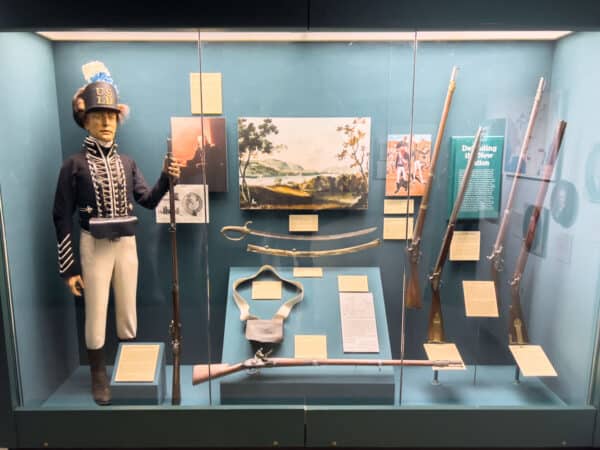
The History of the U.S. Army Gallery features a large number of cases highlighting the uniforms and equipment used by troops throughout the history of the country. There is also a discussion of some of the minor conflicts that the Army was involved in, including the Mormon War and conflicts with Native Americans.
While this gallery presents a lot of great information, it uncritically covers topics like conflicts with Native Americans and mid-century segregation in the Army. Given that this is the museum of an educational institution, it would have been nice to have seen some framing discussing some of the missteps of the country and the Army in the past, and how they have grown from these issues into the present day.
Not that I expect the museum to cast the Army in a bad light, but to not discuss the negative aspects of the subjects at all (and to actually use some language in the Indian Wars section that struck me as implied negativity towards Native Americans) is a missed opportunity, in my opinion.
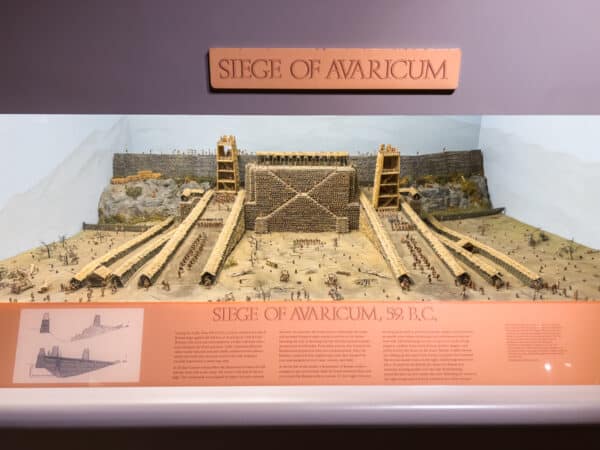
Across the hall, the American Wars Gallery primarily covers the larger conflicts that the Army was involved in from the Revolutionary War through to the present day. Of all the sections in the museum, this is the one that I found the most interesting, in part because there were so many amazing artifacts on display.
These artifacts included Custard’s last dispatch, a life mask of Sitting Bull, General Dwight Eisenhower’s pistol, a Confederate torpedo, and items used by General Ulysses S. Grant. Seeing these items on display really brought the events discussed here to life, and made the experience quite memorable.
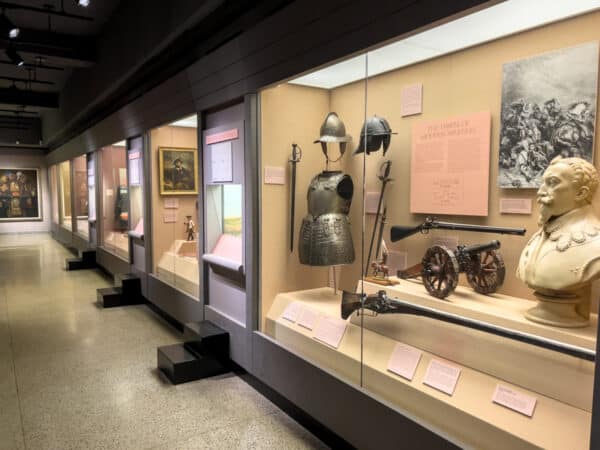
The basement levels of the museum included two small galleries: the Small Weapons Gallery and the Large Weapons Gallery.
The Small Weapons Gallery contains hundreds of hand weapons used throughout combat history including primitive stone daggers, African throwing stars, and a large collection of guns, some dating back to the early 17th century. I really enjoyed exploring the space and seeing how weapons varied around the world from similar time periods and how they changed over the years.
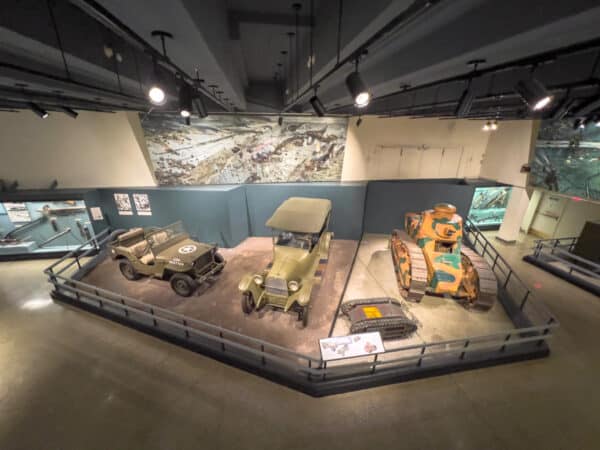
The Large Weapons Gallery is located below the Small Weapons Gallery, and you can actually look down on it from the latter, which is a neat viewing experience.
Down here, you’ll find a collection of larger items including artillery from World War 1 and the Civil War, tanks, and several other large pieces of equipment. Most notable, though was the case used to ship the Fat Man Atomic Bomb that was dropped on Nagasaki during World War 2.
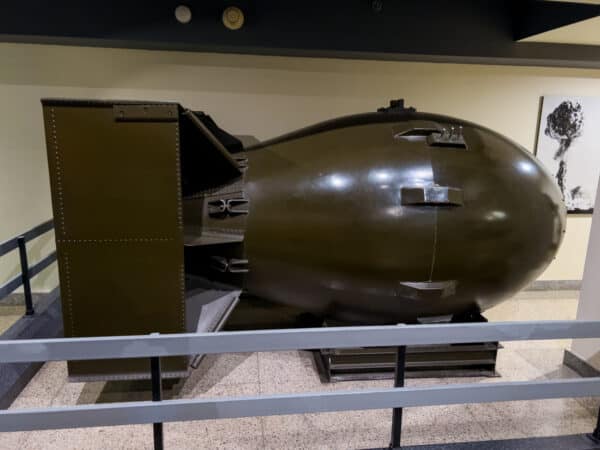
Overall, while I found a few quibbles with the language used on the signs, I found the West Point Museum to be a fascinating spot, and the fact that it’s free to visit makes it a must-visit destination in the Hudson Valley for anyone that is interested in history.
Even better, combine a visit to the museum with a stop at the West Point Visitor Center next door.
This is also a free museum and features a short video on the history of the Army and West Point, as well as a look into what life is like for cadets at West Point. There is also a great view of the Hudson River from the lobby.
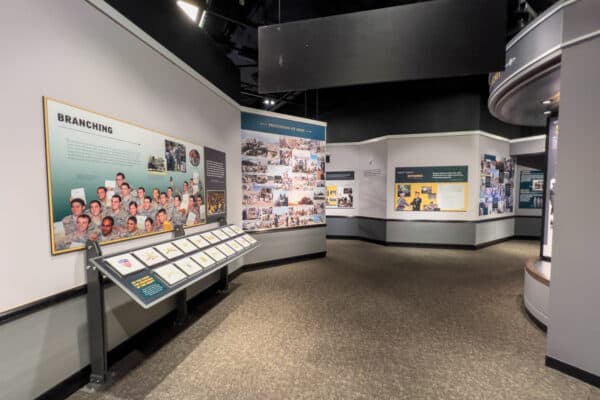
You can also leave from here on guided tours of the academy (which is typically the only way to explore the grounds as a civilian). While I haven’t had time to do this tour, it’s definitely something I’d like to do in the future.
Looking for more places to visit nearby? Check out Bannerman Castle, Motorcyclepedia, the Stony Point Battlefield, and Fort Montgomery State Historic Site.

